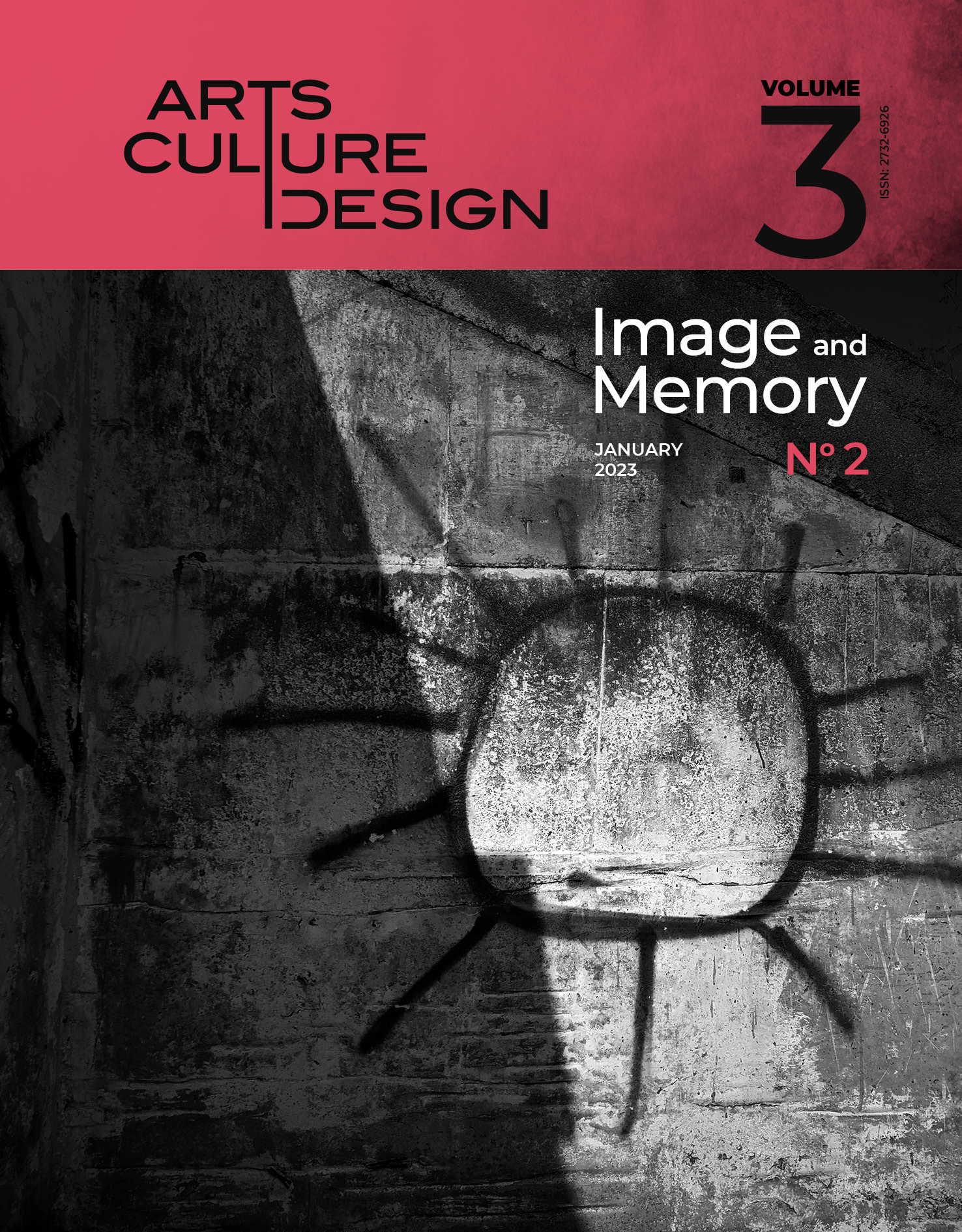PETER DOIG’S ART AS A SIGNIFICATION OF THE RE-APPEARANCE OF THE SUBLIME IN CONTEMPORARY BRITISH LANDSCAPE PAINTING

Abstract
Purpose: The core of this research is the multi-layered and diverse presence of the Sublime in art today, as analysed through the oeuvre of Peter Doig, the contemporary British painter who belongs to the stream of the Young British Artists, which was developed in Great Britain in the 1990s. Topic: The present research begins with the definition of the idea of the Sublime and continues with a historical review of its manifestations in British art. Peter Doig is chosen because it is a suitable field of research into the current image of the Sublime. Methodology: Peter Doig’s work will be thoroughly examined so that the above view can be demonstrated, through a critical analysis of his paintings, and the similarities and differences with the powerful landscape painting of the 19th-century Romanticism that filled the viewer with awe and fear. Doig translates this artistic knowledge into a peculiar, internally experienced image-making that acrobats on the fringes of the established structures of artistic composition, attempting to portray the unpresentable, the timeless, the transcendent, the ambiguous, the illusory, the after-human elements that construct the landscape of Today. The selected works’ analysis is based on the immediacy of representation as an independent carrier of energy of human experience, which leads the artist to re-use the medium of painting. The research continues by examining, through its painting techniques but also via his use of photography and ready-made postcards, the ways in which the artist uses the materiality of the medium to test how the seemingly closed boundaries of representation expand into many fields of feeling, reading and understanding a timeless Now. Result: The research concludes with critical predictions about the directions and the position that the notion of the Sublime may take, starting from the creative codes in the work of Peter Doig. The paper does not seek to build a position based on unshakable, definitive and non-negotiable conclusions, but to constitute an original and thorough academic springboard, with poetic coordinates of aesthetic consideration, in the research on the applications of the painterly Sublime today.
Article Details
- How to Cite
-
Tzanetoulakou, E. (2023). PETER DOIG’S ART AS A SIGNIFICATION OF THE RE-APPEARANCE OF THE SUBLIME IN CONTEMPORARY BRITISH LANDSCAPE PAINTING. Design/Arts/Culture, 3(2), pp. 52–64. https://doi.org/10.12681/dac.31360
- Section
- Articles

This work is licensed under a Creative Commons Attribution-NonCommercial-ShareAlike 4.0 International License.
The copyright for articles in this journal is retained by the author(s), with first publication rights granted to the journal. By virtue of their appearance in this open access journal, articles are free to use (with the exception of the non-granted right to make derivative works) with proper attribution for non-commercial uses (licence Creative Commons 4.0). EKT/NHRF retains the worldwide right to reproduce, display, distribute, and use articles published in DAC in all formats and media, either separately or as part of collective works for the full term of copyright. This includes but is not limited to the right to publish articles in an issue of the Journal, copy and distribute individual reprints of the articles, authorize reproduction of articles in their entirety in another EKT/NHRF publication, and authorize reproduction and distribution of articles or abstracts thereof by means of computerized retrieval systems.
DAC journal considers all submitted artwork on the condition author(s) confirm that third-party intellectual property rights are not violated in any way.
Author(s) are responsible for securing permissions to publish copyrighted material, such as photographs and other artwork and for paying any fees involved. Production of an article will not begin until the editor has received all relevant permissions.
The copyright for published articles in Design | Arts | Culture is retained by the author(s). By virtue of their appearance in this open access journal, articles can be used freely, with proper attribution, for educational and other non-commercial purposes.


